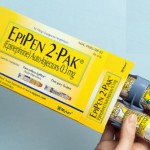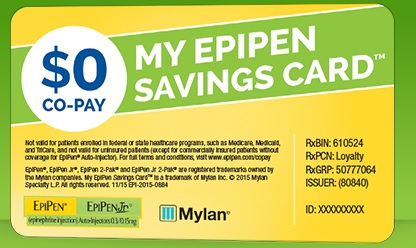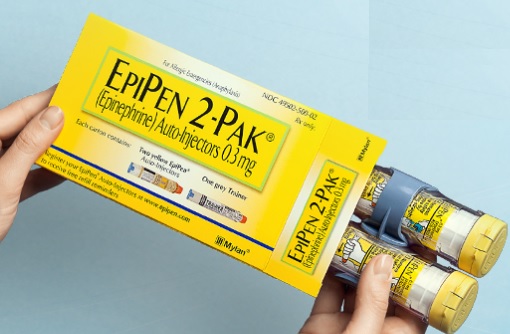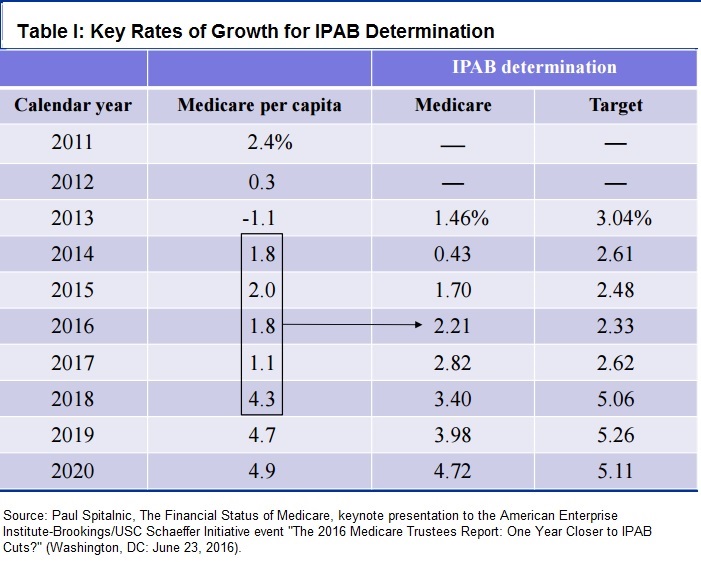The United Nations Report on Access to Medicines is a Public Health Hazard
(A version of this Health Alert was published by RealClearHealth.)
Almost one year ago, the Secretary-General of the United Nations convened a High-Level Panel on Access to Medicines, which is world still suffering the burden of tropical diseases (such as river blindness, sleeping sickness, leprosy, and rabies.) According to World Health Organization, people in 185 countries needed treatment for neglected tropical diseases in 2014.
In the 21st Century, such numbers are shocking. However, the panel’s would have many harmful effects on the development of new medicines that benefit patients in both the developing and developed world. Indeed, it identifies the wrong culprit in the ongoing health catastrophe in the developing world.









